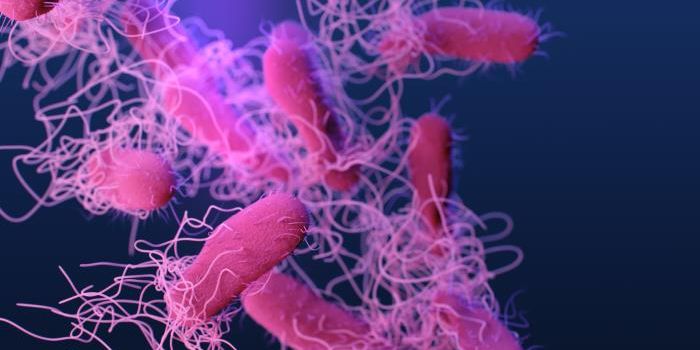Did you know that bacteria can treat cancer? Well, in a roundabout way, at least.
Since the 1970s, Mycobacterium bovis has been used as part of the Bacillus Calmette-Guerin (
BCG) vaccine to treat bladder carcinoma in situ and nonmuscle-invasive bladder cancer.
M. bovis is a rod-shaped bacterium that causes tuberculosis in cattle (that’s the “bovis” part), although it can also infect humans. M. bovis is a close relative of M. tuberculosis, which causes tuberculosis in humans. Humans can contract M. bovis from drinking raw (unpasteurized) cow’s milk. (See, pasteurization is good!)
In the mid 1800s, Robert Koch identified M. bovis as a species distinct from M. tuberculosis. From there, Albert Calmette and Camille Guerin worked to culture M. bovis in the laboratory. Calmette and Guerin wanted to use M. bovis as part of a vaccine against M. tuberculosis. Problem was, M. bovis is just as virulent in humans as M. tuberculosis. This meant that the researchers needed to generate a less virulent strain of M. bovis if there was any hope of using it in a vaccine.
They developed a culture medium to grow the bacteria in - it consisted of glycerin, bile, and potato. The plan was to subculture the bacteria until they isolated an avirulent version.
Thirteen years and 239 subcultures later, they did it. Voila, the BCG vaccine was born.
Ok, back to cancer. How does M. bovis treat cancer? It all has to do with the body’s immune response to the bacteria. The BCG vaccine, which contains live, attenuated M. bovis, is injected into the bladder. There, the immune system elicits a response against the antigens in the vaccine. The exact mechanism of action by which the cancer cells are killed, however, is unknown.
Once the BCG vaccine is administered, the bacteria are taken up by macrophages in the bladder. Curiously, the histologic response in the bladder is the same as the response seen in the lungs when M. bovis causes tuberculosis. The vaccine components are also taken up by the bladder cancer cells. These cells then process and display the BCG antigens on their surface, marking them for killing by immune cells.
It’s not surprising then, that BCG is only effective against bladder cancer if the patient is immunocompetent. BCG is also most effective when the tumor is small and if the vaccine makes direct contact with the tumor cells. If all goes as planned, BCG effectively treats 70% of carcinoma in situ cases. However, longterm maintenance is often necessary to prevent recurrence.
BCG may also be useful against colon cancer. Current research shows some promise when patients are vaccinated with BCG combined with autologous tumor cells.
Because M. bovis is a close relative of M. tuberculosis, BCG is used to vaccinate against tuberculosis in humans. The vaccine is primarily given in countries with a high incidence of tuberculosis. Although data on efficacy vary, a 1994 study found that BCG reduces the risk of contracting TB by roughly 50%. However, a study conducted in 2014 reported that BCG prevented 19-27% of cases of tuberculosis. The same study showed that the vaccine reduced the progression to active TB by roughly 71%, which is certainly good news.
There you go, bacteria can cure cancer. Ok, that’s not exactly true, but you have to admit that the BCG vaccine is pretty cool - as is its origin story.
Sources: American Cancer Society,
MedScape,
Gastrointestinal Cancers Symposium, Wikipedia









